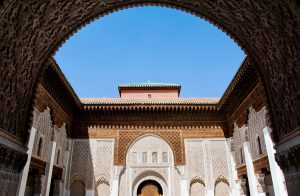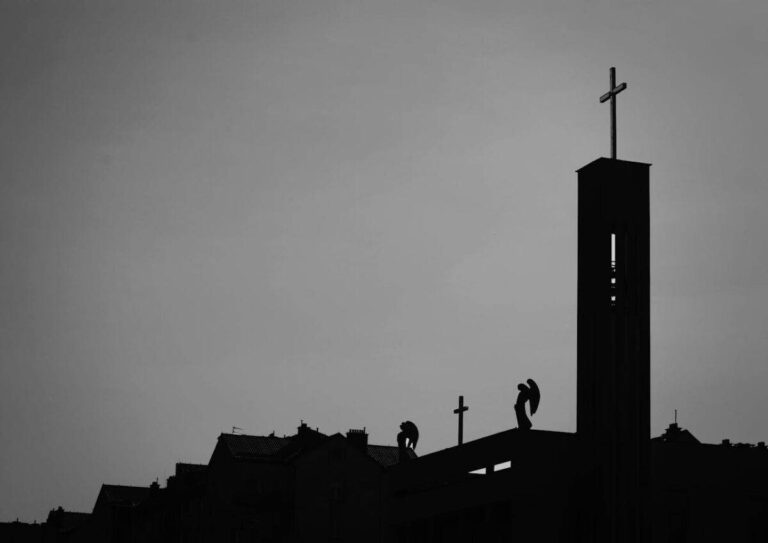Saint Angela of Foligno 13th C. Italian Mystic
Saint Angela of Foligno was born in 1248 and died on January 4, 1309. She was an Italian Franciscan tertiary who became known as a mystic from her extensive writings about her mystical revelations. She is yet another example of a Saint who lived long ago, whom we know a lot about because of the writings she left behind. Angela was noted not only for her spiritual writings but also for founding a religious community. The Catholic Church canonized Saint Angela of Foligno in 2013. Have you ever heard of Saint Angela of Foligno?
Saint Angela of Foligno Biography

Saint Angela of Foligno’s birth date is not known for certain, but it is often listed as 1248. She was born into a wealthy family at Foligno, in Umbria, Italy. Married, perhaps at an early age, she had many children. Saint Angela of Foligno says that she loved the world and its pleasures. Around the age of 40, she reportedly had a vision of Francis of Assisi and recognized the emptiness of her life. From that time on, she lived a life devoted to higher perfection.
Three years later, her mother died, followed, a few months later, by her husband and children. With one serving woman, Masazuola, still living, she began to divest herself of her possessions and to live as a penitent. Saint Angela of Foligno joined the Third Order of St. Francis, in about 1291. She is said to have received mystical revelations, which she dictated to a scribe in the late 13th century after becoming a Nun. These accounts are contained in a compilation of two works, usually published under the title Il Libro della Beata Angela da Foligno.
Saint Angela of Foligno recorded the history of her conversion in her Book of Visions and Instructions. She dictated, which was transcribed in Latin by a Franciscan friar indicated only as Brother A. This work was probably begun in 1292. The Memorial is the first part of two sections of Angela of Foligno’s Liber. The second text is known as Instructions and is composed of thirty-six instructional texts, a note about her death, and an epilogue. These texts appear in different orders in different manuscripts, and it is no known to be one correct order.
Between around 1296 and her death in 1309, the fame of Saint Angela of Foligno’s sanctity gathered around her a number of other tertiaries, both men and women, who strove under her direction to advance in holiness. Later, she established a community of other women tertiaries, who added to the Rule of the Third Order a commitment to a common life without, however, binding themselves to enclosure, so that they might devote their lives to works of charity.
At Christmas 1308, Angela told her companions she would die shortly. A few days later, she had a vision of Christ appearing to her and promising to come personally to take her to heaven. She died in her sleep on 3 January 1309. Angela died surrounded by her community of disciples. Her remains repose in the Church of St. Francis at Foligno. Many people attributed miracles to her intercession. It is hard to wonder if those miracles attributed to her intercession still occur today,
Conclusion
Pope Clement XI approved the veneration paid to her over the centuries in his beatification of her on July 11, 1701, and Pope Francis extended the veneration to all the Church on October 9, 2013, declaring her a saint by canonization, recognizing the validity of the long-standing veneration of her. There are 9 books in her bibliography. It is amazing to think that all of her publications happened after her conversion. That is not much time, but a lot of books. We are fortunate that there is a written record of her,





